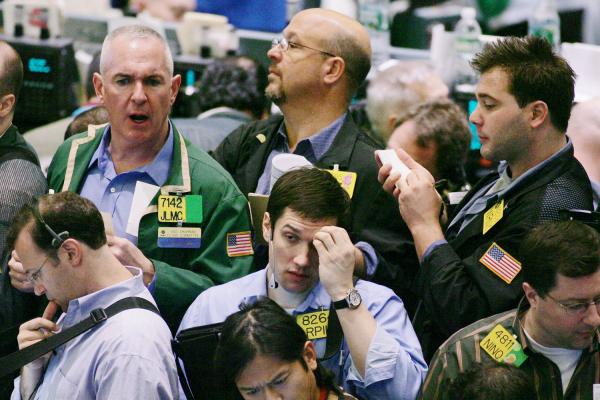
Nov. 15 (UPI) — Emerging doubts about the durability of the OPEC-led effort to balance the market and questions on demand sent crude oil prices lower early Wednesday.
Ministers from the Organization of Petroleum Exporting Countries and other non-member states, like Russia, meet later this month in Vienna to consider an extension to a production agreement credited with pulling oil prices out of a historic slump.
The agreement aims to cut the equivalent of about 2 percent of global oil demand in an effort to drain the surplus on the five-year average in global crude oil inventories. Russia is the largest non-OPEC contributor and was on the fence following talks with representatives from the largest oil companies in the country.
Minutes from the meeting with Russian Energy Minister Alexander Novakcould indicate reluctance to move with much vigor as leaders expressed support for markets “in the current format.”
The price for Brent crude oil, the global benchmark, was down 1.1 percent at 9:15 a.m. EST to $61.55 per barrel. West Texas Intermediate, the U.S. benchmark for the price of oil, was down 1 percent to $55.15 per barrel.
Novak in May backed a proposal to extend the terms of the original OPEC-led agreement by three months into March 2018. In September, he told Austria’s Die Presse newspaper ending the agreement by the summer, when demand was strong, may be a better option.
Demand usually softens during the waning months of the year in part because of smaller drains from the transportation sector, which usually draws most from the energy sector.
The backtrack for crude oil prices followed a report Tuesday from the International Energy Agency that said balance wasn’t emerging as strongly as some in the industry would like. While OPEC is drawing down production, non-OPEC members like the United States are seeing support from improved market conditions, increasing exploration and production activity in response.
The American Petroleum Institute reported an increase in commercial crude oil inventories, offsetting weeks of decline. That followed last week’s report from drilling services company Baker Hughes of gains in U.S. exploration and production activity.
Oil prices will react later in the day when the U.S. Energy Information Administration releases official data. EIA data confirming a surge in crude oil stockpiles could send markets deeper into negative territory.






